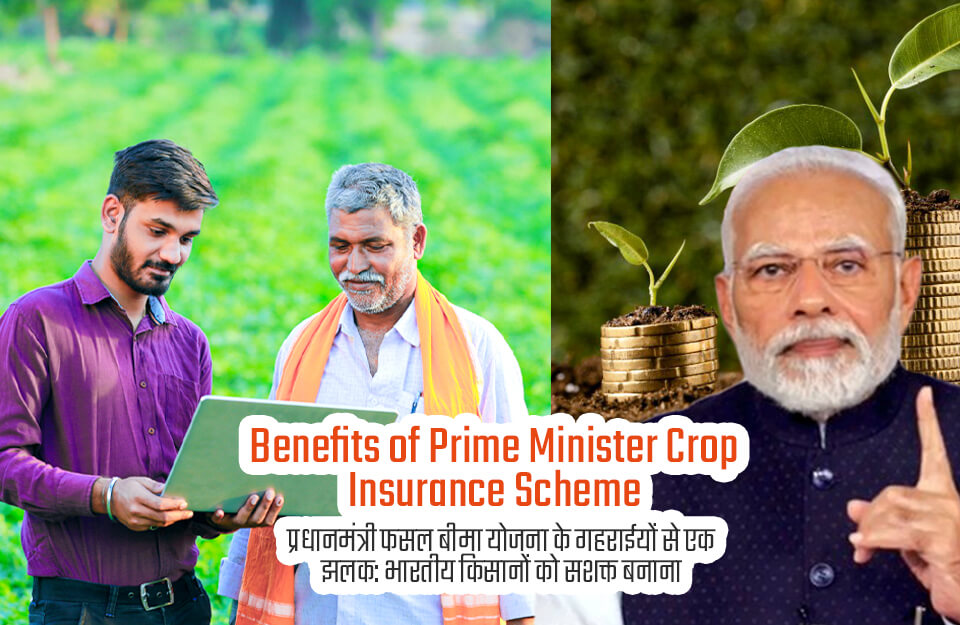
India, a nation primarily based on agriculture, takes pride in its predominantly rural population. Recognizing the significance of agriculture in rural livelihoods, Prime Minister Narendra Modi unveiled the Pradhan Mantri Fasal Bima Yojana (PMFBY) on January 13, 2016. This scheme is aimed at reducing the burden of premiums for farmers who take loans for their cultivation and providing assistance against crop damage due to adverse weather conditions. The decision to streamline the claim settlement process has been made to ensure that farmers do not face any hassles related to the PMFBY.
Farmers only need to pay a nominal premium of 2% for all Kharif crops and 1.5% for all Rabi crops. In the case of annual commercial and horticultural crops, the premium is capped at 5%. The premium rates paid by farmers are quite low, and the remaining premium is borne by the government, ensuring that farmers receive the full insured amount in case of crop loss due to any natural calamities. There is no upper limit on government subsidies. Even if the remaining premium is 90%, it will be borne by the government. The use of technology is encouraged, with the aim of reducing delays in claim settlement. Technologies such as smart phones, remote sensing drones, and GPS will be utilized to collect and upload data related to crop cutting, minimizing the time taken for claim settlement. The allocation for the scheme in the 2016-2017 budget is INR 5,550 crores. Read More.... आज का मंडी भाव | Mandi Bhav Today | सबसे सटीक जानकारी
Objectives of the Scheme: Provide insurance coverage and financial assistance to farmers in case of crop failure due to natural calamities, pests, and diseases in scheduled crops. Ensure the stability of farmers' income by guaranteeing continuous processes in agriculture. Encourage farmers to adopt innovation and modern practices in agriculture. Ensure the smooth flow of credit in the agriculture sector.
Those participating in the scheme: Farmers cultivating in designated areas, tenant farmers owning land in joint ventures and cultivating addressed crops are eligible for coverage. Non-loanee farmers will have to provide land records (RoR), land ownership certificate (LPC), and other related documents by the state government. Other related documents like contract farming agreements, details of agreements, etc. as prescribed by the local government are also required.
For each designated area, the scheme will be implemented on a seasonal basis through a system perspective: Essential documents such as name, father's name, bank account number, village, category - SC/ST and marginal group, women, insured holding, insured crop, collective premium, government subsidy, etc., should be obtained from insured farmers (both loanee and non-loanee) by banks for reconciliation. Once it is ready, online submission will be facilitated. After obtaining the claim amounts from the respective insurance companies, financial institutions/banks should transfer the claim amount to the accounts of beneficiaries within one week. This will be done by directly transferring the claim to the farmers' accounts by the insurance company online. The list of insured farmers (bank-wise and insured area-wise) will be submitted to the Crop Insurance Portal and related insurance companies. Read More.... Weather Update